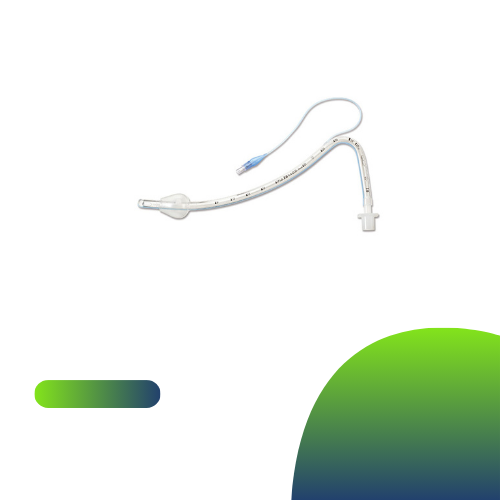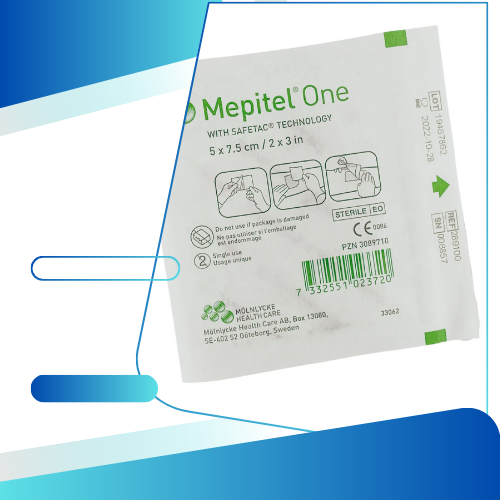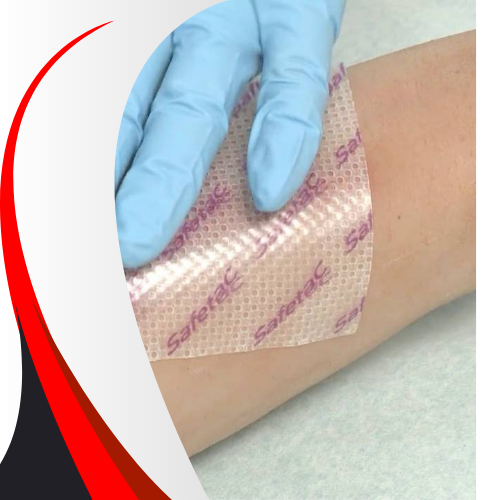What Is a Catheter Tip Syringe?
Key Characteristics:
Tapered Tip: Ensures a snug fit with catheter ports.
Graduated Markings: Allows for accurate measurement and dosing.
Variety of Sizes: Available in different volumes to meet diverse medical needs.
SingleUse or Reusable Options: Based on application and guidelines.
Understanding the Basics of Catheter Tip Syringes
Here are key features and uses:
Key Features:
Catheter Tip Design:
Luer Lock or Slip Tip:
Variety of Sizes:
Graduated Measurements:
Uses:
Irrigation: Flushing catheters to maintain clear pathways.
Medication Administration:
Fluid Withdrawal:
Considerations:
Sterility:
Proper Technique: Follow established medical protocols for safety and efficacy
Importance of Catheter Tip Syringes in Medical Procedures
1. Precision and Control:
2. Ease of Use:
3. Infection Control:
4. Irrigation and Maintenance: Essential for flushing catheters to prevent blockages and complications.
5. Versatile Applications: Useful for medication delivery and fluid withdrawal across different settings.
6. Emergency Situations: Facilitate rapid response in critical care.
Different Types of Catheter Tip Syringes
1. Standard Catheter Tip Syringe:
2. Luer Lock Catheter Tip Syringe:
3. Slip Tip Catheter Syringe: Allows for quick attachment and detachment.
4. Syringe with Filter: Includes a filter to prevent contamination during fluid transfer.
5. Prefilled Syringes: Convenient, prefilled with medications or solutions.
These varied types of catheter tip syringes ensure versatility and safety in diverse medical settings.
How to Properly Use a Catheter Tip Syringe
Here’s a stepbystep guide:
StepbyStep Instructions:
1. Gather Supplies:
Catheter tip syringe
Sterile saline or medication
Alcohol swabs
Gloves
Waste disposal container
2. Perform Hand Hygiene:
Wash hands thoroughly before beginning.
3. Put on Gloves:
Wear clean or sterile gloves to maintain a sterile environment.
4. Prepare the Syringe:
If prefilled, check the packaging. If filling, draw the required amount of solution, ensuring no air bubbles.
5. Clean the Catheter Port:
Use an alcohol swab on the catheter port to minimize infection risks.
6. Connect the Syringe:
7. Administer Medication or Flush:
For flushing, gently push the plunger; for medication, administer as prescribed.
8. Withdraw the Syringe:
Carefully remove it from the catheter.
9. Dispose of Supplies:
10. Remove Gloves and Perform Hand Hygiene:
Remove gloves and wash hands again.
11. Document the Procedure:
Record relevant information in the patient’s chart.
Benefits
Catheter tip syringes provide several benefits in medical and healthcare environments:
Precision in Delivery: Ensures accurate administration of fluids or medications.
Compatibility with Catheters: Specifically designed to connect securely, minimizing leaks.
Wide Range of Sizes: Flexibility depending on the required volume.
Clear Graduations: Enable straightforward measurement and dosing.
CostEffective: Generally affordable and easy to dispose of.
Comfort for Patients: Proper use can lead to reduced discomfort.
Minimized Trauma: The design helps protect delicate tissues during use.
Common Misconceptions
1. Only for Intravenous Use:
2. Less Accurate: They are designed for precise dosing, with clear graduations.
3. OneSizeFitsAll: They come in different sizes and types to suit various catheters.
4. Single Use Only: While many are designed for single use, some can be reused.
5. Difficult to Use: Generally designed for ease of use, often allowing for one-handed operation.
6. Increased Infection Risk: When used correctly, they can be safe.
7. Limited Application: Useful in both clinical and home healthcare settings.
8. Inflexibility in Administration: Suitable for various administration techniques.
9. Lack of Quality: Reputable manufacturers ensure they meet strict medical standards.
10. Only for Professionals: With proper training, caregivers and patients can use them effectively.
Understanding these misconceptions can promote proper use and improve outcomes in various settings.
Where to Buy a Syringe
You can purchase catheter tip syringes from Joya Medical Supplies. Local pharmacies and medical supply stores may also stock them, and online retailers like Amazon provide a wider selection
Conclusion
By ensuring safe and efficient procedures, catheter tip syringes significantly contribute to patient care, benefiting both medical professionals and patients. Their versatility and ease of use highlight their importance in enhancing treatment outcomes and maintaining catheter functionality.




